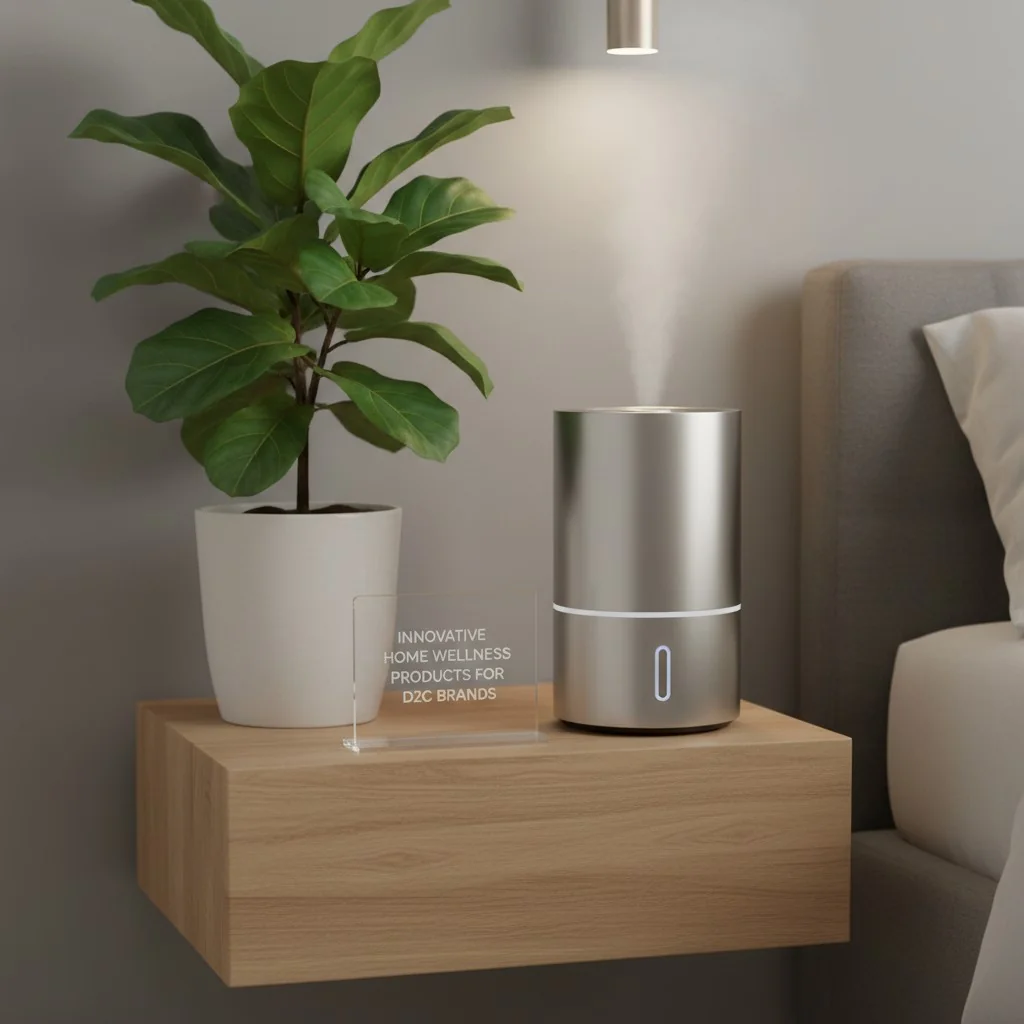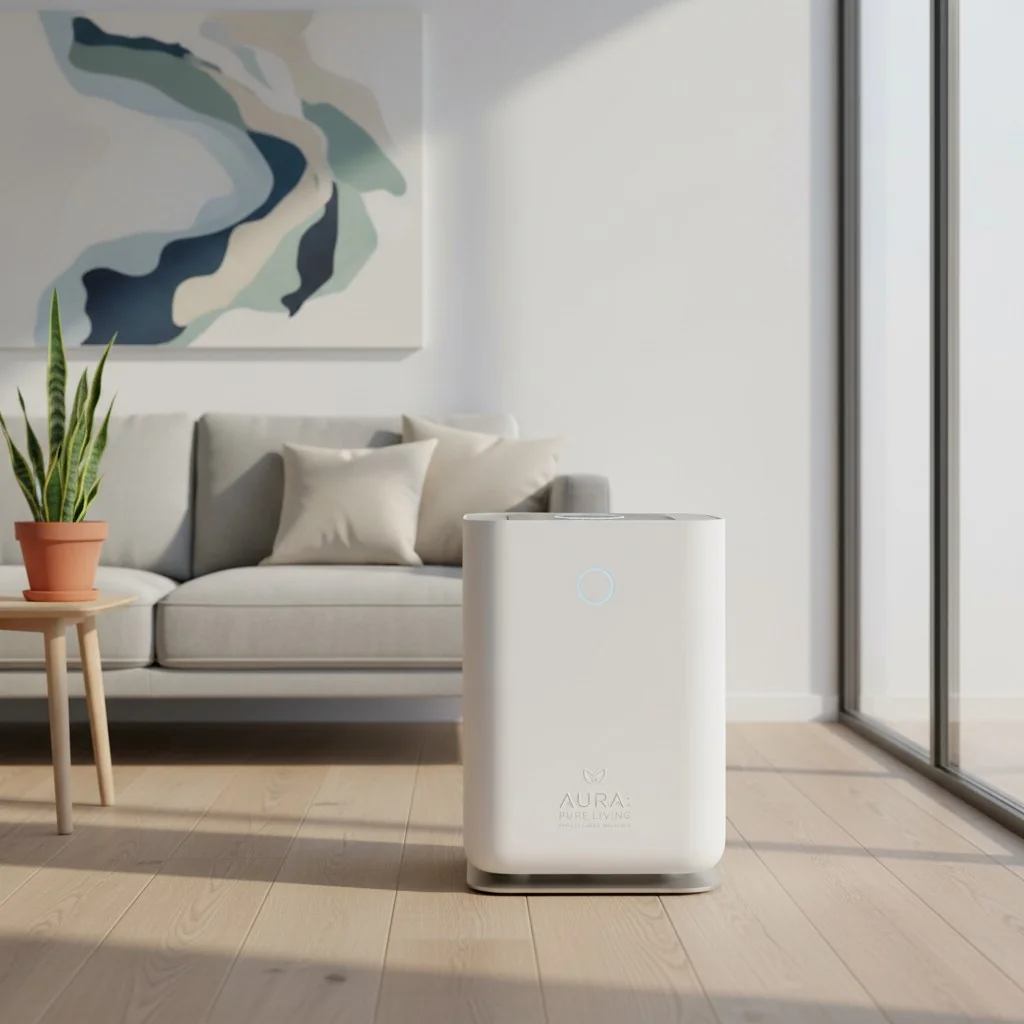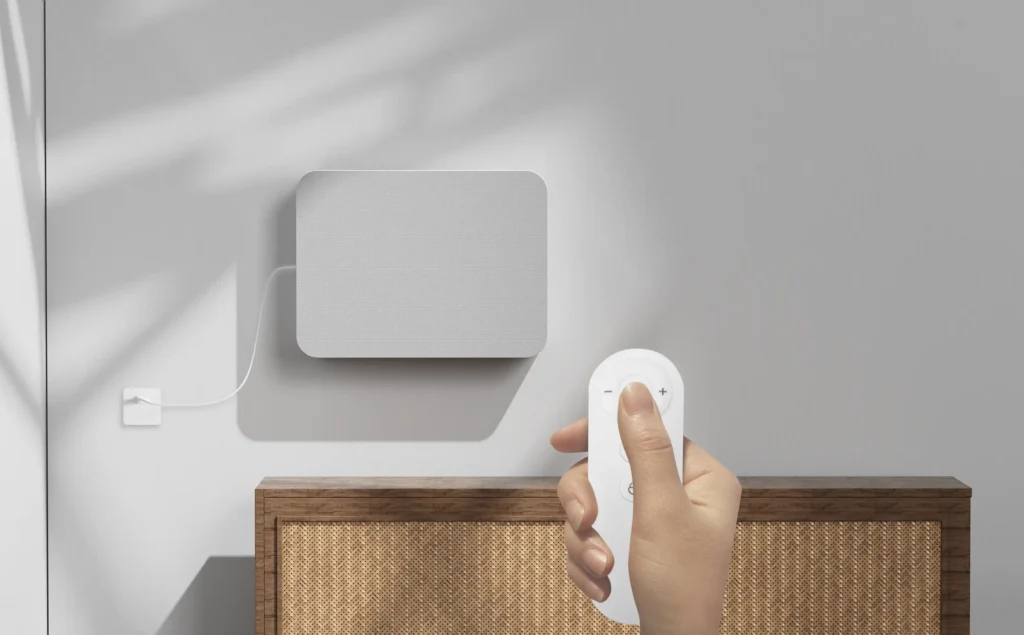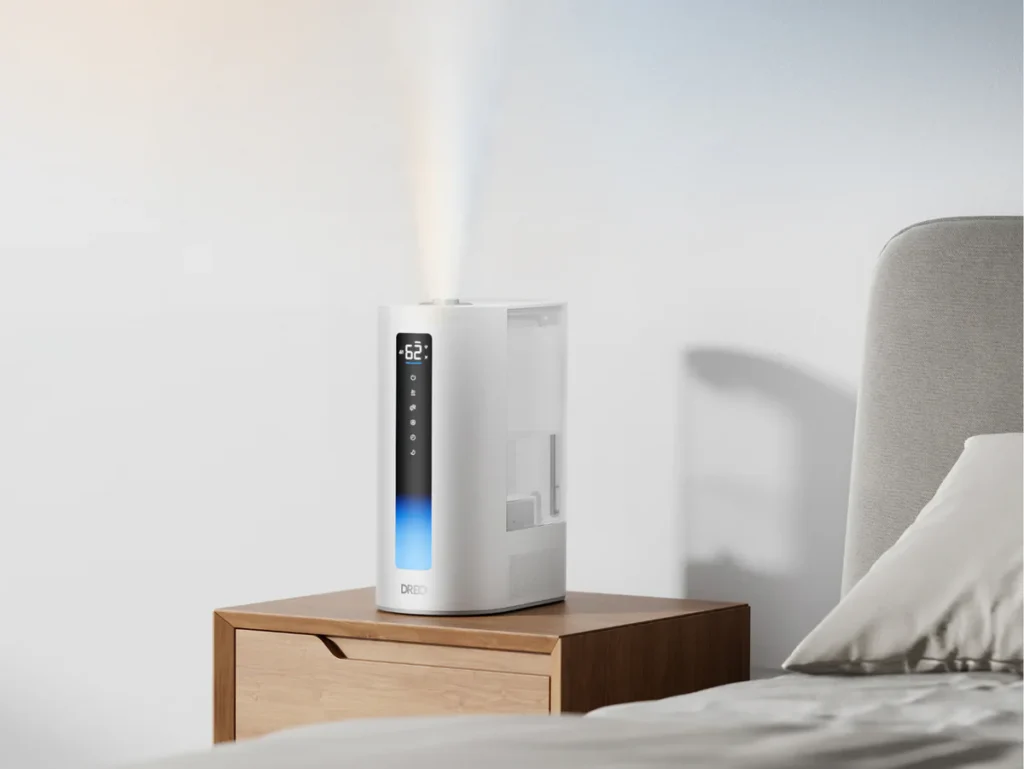In today's world, where indoor air quality is a growing concern, choosing the right air purifier has become more crucial than ever. With advancements in technology and increasing awareness of airborne pollutants, the global air purifier market1 is experiencing robust growth. Expected to reach USD 6.82 billion by 2030 in the U.S. alone, with a compound annual growth rate (CAGR) of 7.2% from 2025 to 2030, the market is driven by heightened health awareness, stringent regulations, and the integration of smart technologies . This guide will delve into the critical metric of Clean Air Delivery Rate (CADR), explaining what it is, how to calculate your specific needs, and how to make an informed decision when purchasing an air purifier in 2025.
What is CADR (Clean Air Delivery Rate)?
CADR, or Clean Air Delivery Rate, is a standardized metric that quantifies how quickly an air purifier can remove pollutants from a room. It represents the volume of filtered air delivered by an air purifier per unit of time. This measurement is crucial because it provides a clear indication of an air purifier's performance, moving beyond simple airflow rates to assess actual cleaning efficiency. CADR values are typically determined by independent laboratories, such as the Association of Home Appliance Manufacturers (AHAM), through rigorous testing of the device's ability to remove specific airborne particles.
Units of Measurement:
- m³/h (cubic meters per hour): Commonly used in international and Chinese markets.
- CFM (cubic feet per minute): Predominantly used in the United States market.

Why is CADR Important?
CADR is a vital indicator for consumers for several reasons:
- Performance Assessment: It provides a reliable, objective measure of an air purifier's cleaning power. Higher CADR values generally indicate faster and more effective air purification.
- Comparison Standard: CADR allows for a direct comparison between different air purifier models, helping consumers make informed decisions based on verifiable performance data.
- Targeted Purification: CADR tests typically measure the removal efficiency for three common pollutants: tobacco smoke (smallest particles), dust, and pollen (larger particles). This allows users to select a purifier optimized for their specific concerns.
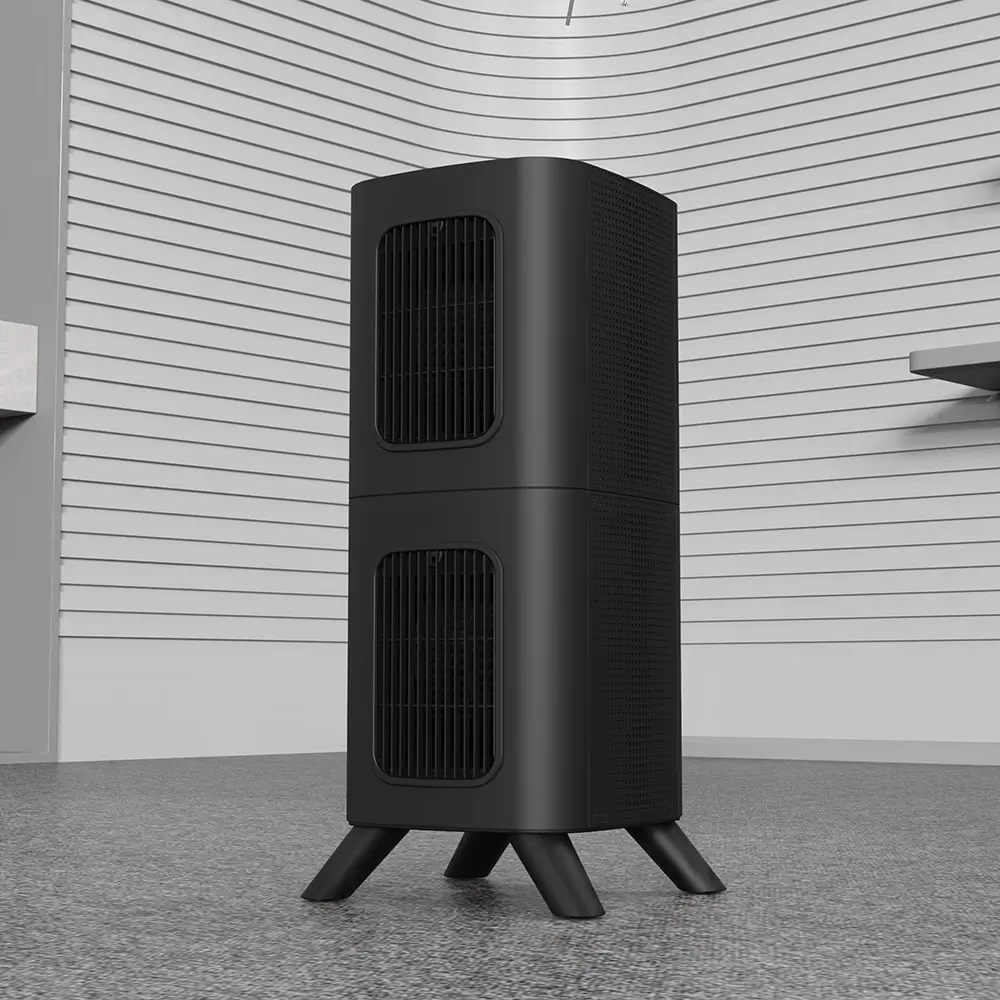
Understanding CADR Calculation: Estimating Your Needs
While CADR itself is a laboratory-derived value, you can estimate the CADR an air purifier needs to effectively clean your space. This estimation helps you choose a unit that is appropriately sized for your room, ensuring optimal performance and energy efficiency. The core principle behind these calculations is to determine the volume of air in your room and how many times per hour that air needs to be exchanged and cleaned.
Key Factors for CADR Estimation:
- Room Area (m² or sq ft): The length multiplied by the width of the room.
- Ceiling Height (m or ft): The vertical distance from the floor to the ceiling. A standard ceiling height is often assumed to be 2.5 meters (approximately 8 feet).
- Air Changes Per Hour (ACH): The number of times the entire volume of air in a room is replaced by clean air within one hour. This value varies based on individual needs and air quality concerns.
Formulas for Estimating Required CADR:
Formula 1: Detailed Calculation (Metric Units)
This formula provides a more precise estimation by considering the room's volume and desired air changes per hour.
Required CADR (m³/h) = Room Area (m²) × Ceiling Height (m) × Air Changes Per Hour (ACH)
- Exemple : For a 20 m² bedroom with a standard ceiling height of 2.5 m and a desired ACH of 5 (suitable for allergy sufferers):
Required CADR = 20 m² × 2.5 m × 5 ACH = 250 m³/h
Formula 2: Simplified Calculation (Metric Units)
This simplified version is often used for general household scenarios, assuming a standard ceiling height and an ACH of 5.
Required CADR (m³/h) ≥ Room Area (m²) × 5
- Explanation: The '5' in this formula represents a common recommendation for 5 air changes per hour, suitable for general home use and particularly beneficial for individuals with allergies or in areas with higher pollution levels.
- Exemple : For a 20 m² bedroom:
Required CADR ≥ 20 m² × 5 = 100 m³/h
Formula 3: Detailed Calculation (Imperial Units - CFM)
For those working with imperial measurements, this formula is essential.
Required CADR (CFM) = (Room Area (sq ft) × Ceiling Height (ft) × Air Changes Per Hour (ACH)) / 60
- Explanation: The division by 60 converts the hourly air changes to per-minute clean air delivery, aligning with the CFM unit.
- Exemple : For a 150 sq ft room with an 8 ft ceiling and 5 ACH:
Required CADR = (150 sq ft × 8 ft × 5 ACH) / 60 = 100 CFM
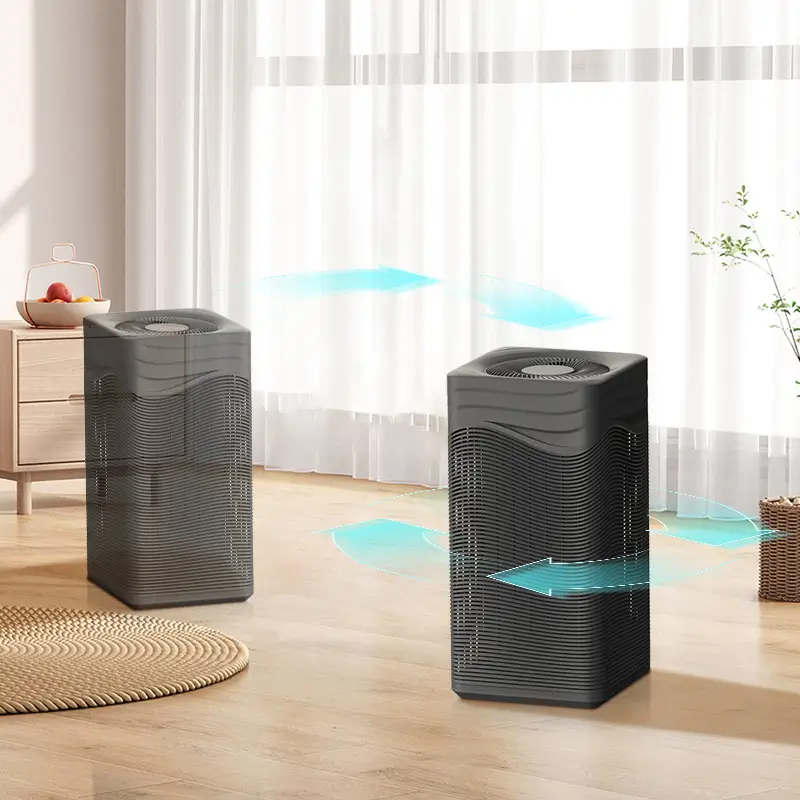
How to Choose an Air Purifier Based on Your Home Size
Selecting the right air purifier involves a few straightforward steps, ensuring you get a unit that effectively cleans your specific space.
Step-by-Step Selection Guide:
- Determine Your Room Area: Measure the length and width of the room where the air purifier will be used to calculate its area in square meters (m²) or square feet (sq ft).
- Identify Desired Air Changes Per Hour (ACH):
- General Residential Use: ≥ 3 ACH (e.g., living rooms, common areas)
- Allergy Sufferers/High Pollution Areas: ≥ 5-6 ACH (e.g., bedrooms, nurseries, areas with pets or significant outdoor pollution)
- Calculate Your Required CADR: Use the appropriate formula from the section above based on your room's dimensions and desired ACH.
-
Match with Air Purifier Specifications: Look for air purifiers with a CADR rating equal to or greater than your calculated requirement. Remember to consider the specific CADR for particles (smoke, dust, pollen) relevant to your needs.
- Important Note: If your ceiling height significantly exceeds the standard 2.5 meters (or 8 feet), you should adjust your ACH requirement upwards or use the detailed CADR calculation formula to ensure adequate air purification.

Practical Tips for Air Purifier Selection
- Particle Type Matters: Pay attention to whether the CADR rating refers to "Particle CADR" (for smoke, dust, pollen) or "Formaldehyde CADR" (for gaseous pollutants). Most general recommendations refer to Particle CADR.
- Avoid Undersized Units: Using an air purifier with a CADR too low for your room size will result in inefficient purification and poor air quality.
- Optimal Matching: A more powerful air purifier isn't always better. The key is to match the CADR to your room's volume and your specific usage scenario for the best balance of performance and energy consumption.
Conclusion
Understanding CADR is fundamental to making an informed decision when purchasing an air purifier. By accurately assessing your room's needs and applying the appropriate CADR calculation, you can select a device that provides optimal clean air delivery, contributing significantly to a healthier indoor environment. As the air purifier market continues to evolve with smart and energy-efficient solutions, staying informed about metrics like CADR will empower you to breathe easier in 2025 and beyond.
HisoAir Product Examples
To help you visualize how to apply these CADR principles, let's look at some examples from HisoAir's product line. Please note that specific CADR values for these products should be verified on the official HisoAir website or product specifications.
| Couverture | CADR | Types de filtres | |
| HisoAir Model HA800 | 430–1290 sq ft | 800 m³/h | Pre-filter, HEPA13, Optional UVC, Optional PM2.5 Sensor |
| HisoAir Model HA100D | ≤160 sq ft | 120 m³/h | Pre-filter, HEPA13, Activated Carbon |
| HisoAir Model HA200 | 215–323 sq ft | 300 m³/h | Pre-filter, HEPA13, Activated Carbon |
| HisoAir Model HA400 | 430–645 sq ft | 600 m³/h | Pre-filter, HEPA13, Activated Carbon |
| HisoAir Model HA-B800 | 645–1075 sq ft | 800 m³/h | Pre-filter, HEPA13, Activated Carbon, Optional UVC |
| HisoAir Model HA588 | 915 sq ft | 1000 m³/h | Pre-filter, HEPA13, Activated Carbon, Optional UV |
References
-
U.S. Air Purifier Market Share & Trends Analysis Report 2025-2030. GlobeNewswire. (2025, February 25). ↩


